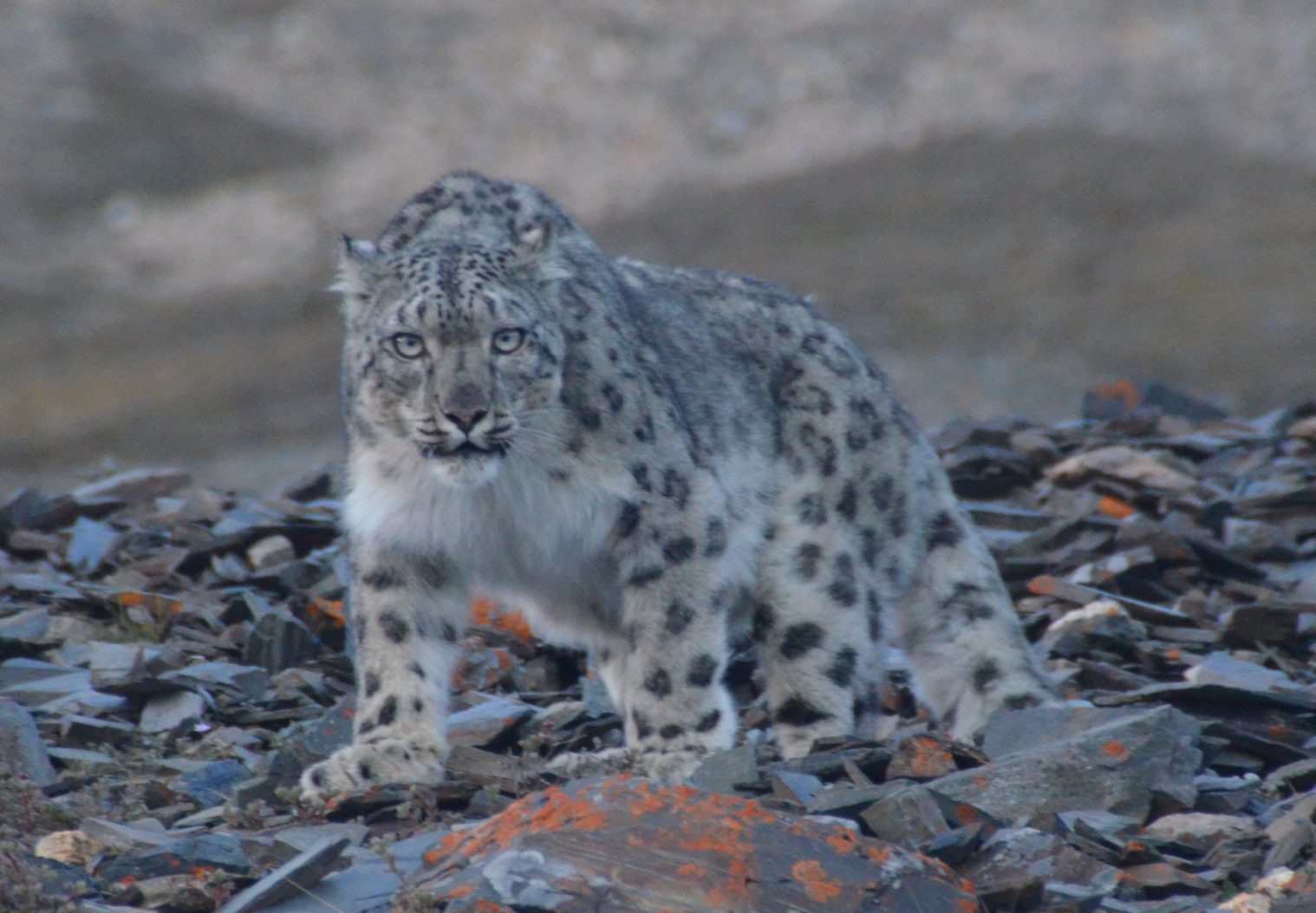
The snow leopard (Panthera uncia) is one of the world’s most elusive and iconic wild cats ranging primarily in the high alpine landscapes of the Himalayas. Despite being widely distributed across 12 countries of Asia, snow leopards persist at very low densities ranging between 1 – 3 individuals per 100 km2 within fragmented populations. Recently, the snow leopard was downlisted as vulnerable from the endangered category by the International Union for Conservation of Nature (IUCN) despite huge controversy among conservation biologists and concerned organizations.
Nepal has long been considered as one of the snow leopard’s strongholds supporting an estimated 350 – 500 individuals out of 3921 to 6290 global population ranging across roughly 27,500 km2. Snow leopards in Nepal are protected by the National Parks and Wildlife Conservation Act (1973) and the most recent national conservation strategy seeks to prioritize efforts to conserve them by focusing on three key distinct habitat complexes categorized as the (1) Eastern complex, (2) Central complex and (3) Western complex incorporating 13 protected areas across the northern border of Nepal. In the long term, our project will focus on the section between Shey Phoksundo National Park and Manaslu Conservation Area extending in Central and Western Landscapes. These areas are selected to ensure a relatively high density of snow leopards conserved in Nepal. We have selected the Annapurna Conservation Area as our pilot site to test of theories and practices for improved snow leopard conservation because it is located in the
center of our proposed project site where long-standing efforts to involve local communities in conservation have already been made, but, in our experiences, have not been fully embraced nor employed as a priority conservation strategy.
Objective
© 2023 Biodiversity Conservation Society Nepal. All Rights Reserved.
Website by Brevin Creation